Table of Contents Show
The following contains spoilers for Barbarian (2022) and a discussion of sexual assault. Please read with the utmost care.
Part of the excitement in watching a new horror movie for the first time is uncovering all of the twists and turns with the protagonist — but what is perhaps even more fun than watching the horror unfold is analyzing the film afterward and unpacking the meaning behind the twists. As of right now, no film applies this more than Zach Cregger’s Barbarian (2022). At first glance, Barbarian appears to be a predictable horror film, yet the twist reveals that the true “barbarian” is not a monster, ghost, or larger occult motif. Instead, it is unchecked greed and the general dismissal of female experiences.
A Gut Feeling In Barbarian (2022)
A young woman, Tess Marshall, arrives at her Airbnb in a bad part of town, in the middle of the night, in the pouring rain, only to discover that it has been double booked and a man named Keith is already staying there. Against her better judgment, she reluctantly agrees to share the house; the two end up talking and form an unlikely friendship. At this point in the film viewers, begin to feel almost at ease. It is not until later that night that the night doors begin to open and close on their own and strange noises and shadows infiltrate the house. What makes things even stranger is that Tess wakes up in the morning perfectly safe and unharmed.
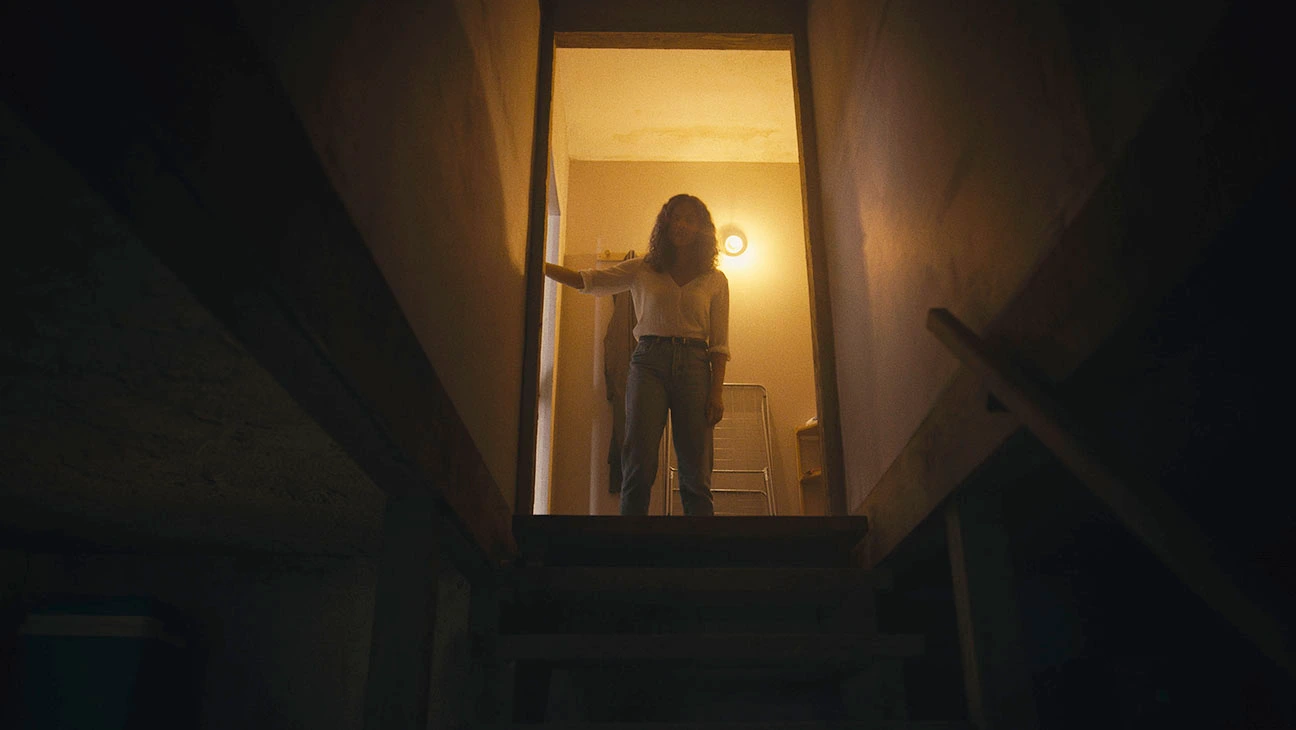
Tess ventures down to the basement where a draft blows the door shut, locking her inside. While trying to find a way out, she accidentally uncovers a secret tunnel, at the end of which has a room with an old mattress, a camera, and blood smeared on the walls. A panicked Tess manages to escape and tries to get Keith to leave with her, but he insists upon seeing the hidden room himself. She waits for him upstairs, still frightened, but Keith does not return. Tess goes back down and finds that the tunnel goes even deeper than she had originally noticed. Tess finally finds Keith — right before a giant, deformed, naked woman grabs him and smashes his head against the wall.
Fear: Is It A Gift Or A Curse?
In what ways does the opening of Barbarian evoke so much anxiety? The answer to that might be obvious, as a solo female going into a house with a strange man never sounds safe; however, director Zach Cregger intentionally made the beginning of the movie as uncomfortable as possible. He said he was inspired by a section of Gavin de Becker’s self-help book The Gift of Fear, which encourages women to trust their instincts and pay attention to little red flags men can give off.
Cregger set out to incorporate as many red flags into Tess and Keith’s initial interaction as possible, the result of which makes the scene extremely uncomfortable, especially for female viewers. These red flags include Keith’s inability to take no for an answer when inviting Tess inside, and doing “Forced Teaming” where he uses words like “we” and “let’s” to make it seem like they already know each other. Keith flirts with Tess: he lingers in her bedroom and tries to get her to drink wine with him when they are already in a situation where she feels unsafe.
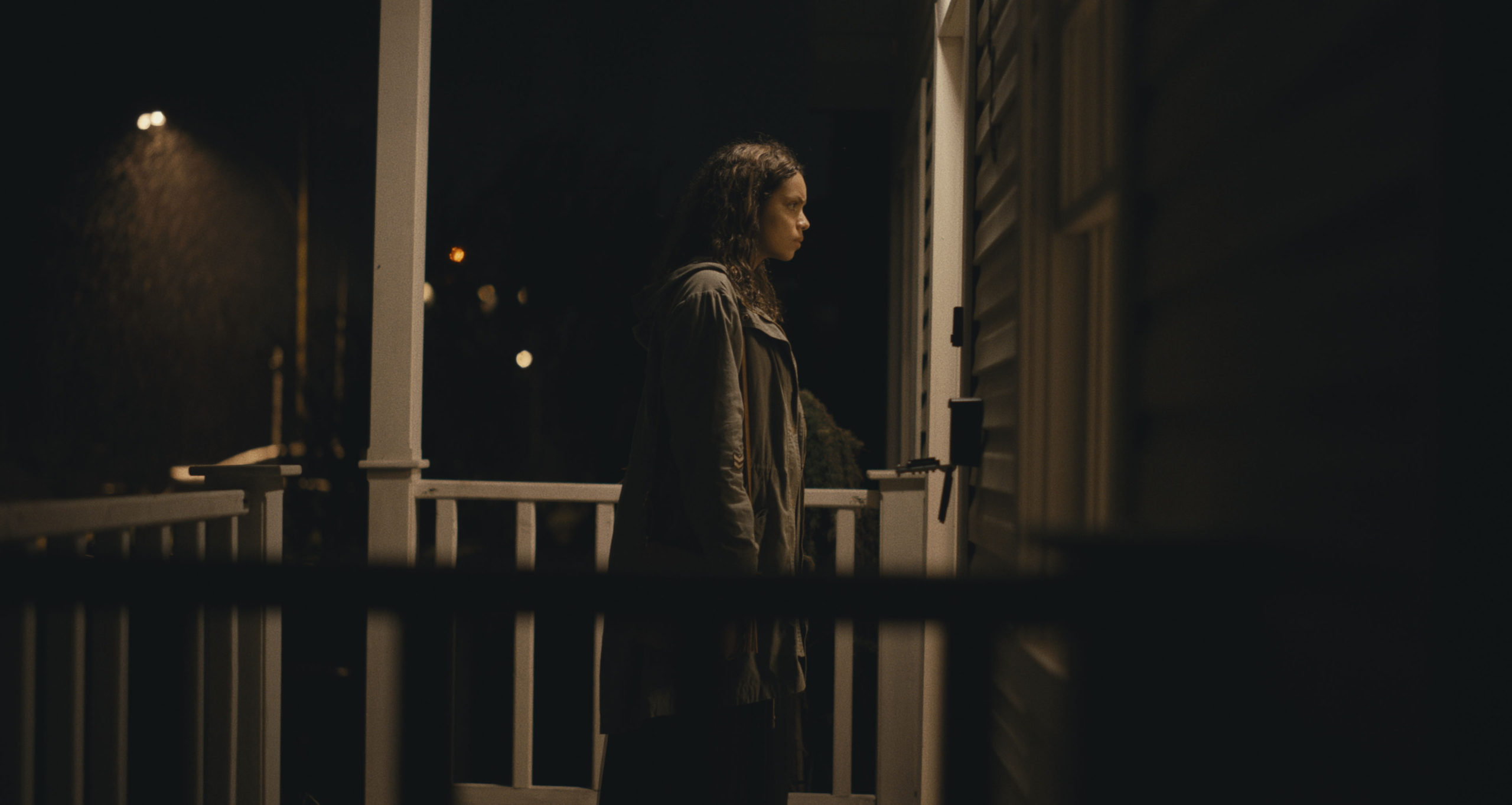
The long shots in the shadows with awkward silences further accentuate the tension, as does the scene where Tess crosses the threshold into the house. The music swells and the camera emphasizes the wall dividing the house from the outside world, showing the danger of her situation and how there is no going back once she enters, thus filling the audience with a sense of dread.
In addition to all of Keith’s red flags, audiences are already primed to distrust him, as he is portrayed by Bill Skarsgård, who is known for his role in horror films, such as playing Pennywise the Dancing Clown in It (2017) and It Chapter Two (2019). As he is known for playing a villain, he is suspicious of the audience right from the beginning. Even though Tess does not trust her instincts when she agrees to stay with Keith, she does have more sense when it comes to investigating the hidden tunnel.
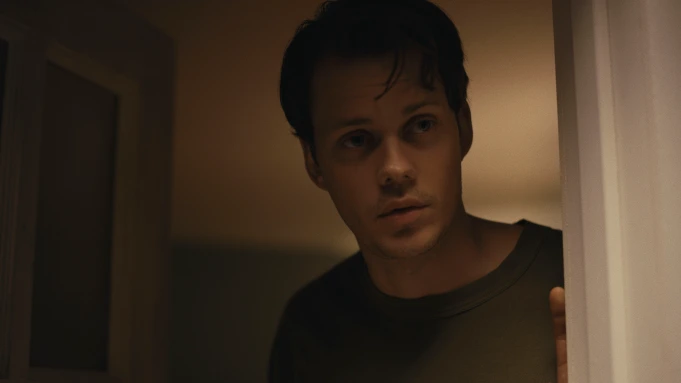
Tess only explores the tunnel as an absolute last resort and runs out the second she knows something is wrong, whereas Keith, ignoring her obvious distress, insists on investigating for himself. He would have survived if he had believed her but did not take Tess seriously and dismissed everything she said as not being enough proof for him to leave the house. He also continued exploring the tunnels past the first creepy room (which proved Tess was correct), showing that he did not have the same intuition as Tess when in a dangerous situation.
Similarly, the two have a conversation where Tess asks if Keith would have been hesitant about sharing the Airbnb, had their positions been switched and she had arrived first. He answers that he would not have seen any risk and would have stayed with her without a second thought. His obliviousness highlights male privilege and entitlement; he never needed to worry about the same red flags and danger symbols women have to, so he discounts Tess which leads to his own demise.
Is It More Than Just A Plot Twist?
Barbarian then immediately cuts to two weeks later, where an actor, AJ, has just been fired due to rape allegations (which he later drunkenly brags are true). He arrives at the same Airbnb, which he owns but is trying to sell to cover his legal fees. He finds Tess and Keith’s luggage still in the house before discovering the hidden tunnel in the basement. Instead of reacting with fear or disgust, he grabs a tape measure and starts measuring the tunnels to add the square footage to the house to increase the value.
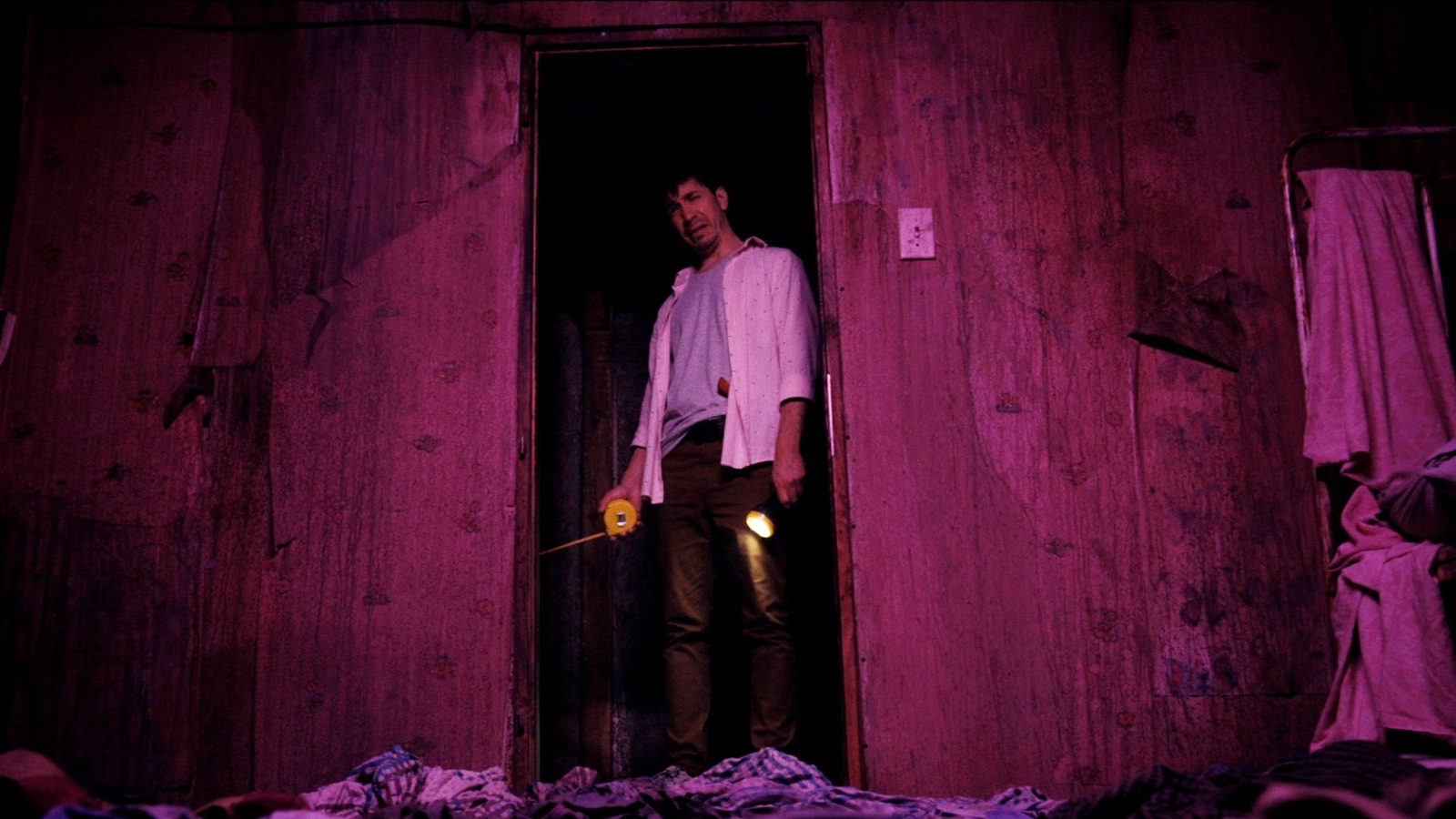
He finds cages and a room with a TV playing an instructional video on how to nurse a baby, before being chased by the same deformed naked woman from before (now known as “The Mother”). She ran him into a pit, where he finds Tess, who is still alive. The Mother forces them to drink milk from a bottle and tends to them as if they were her children, which Tess accepts and AJ rejects. This angers the Mother and she drags AJ away, which allows Tess to finally escape her underground prison.
When Red Flags Turn Into Alarm Sirens
AJ comes off as incredibly unlikable: he is rude to everyone, knows he raped his costar but does not see anything wrong with it, and is greedy and selfish. He seems to be in direct contrast with Keith, who seemed to be nice. However, all of Keith’s red flags have been amplified in AJ. When he admits to having sex with his costar, he similarly uses the language of forced teaming and talks about how he kept pressuring her after she had already said no.
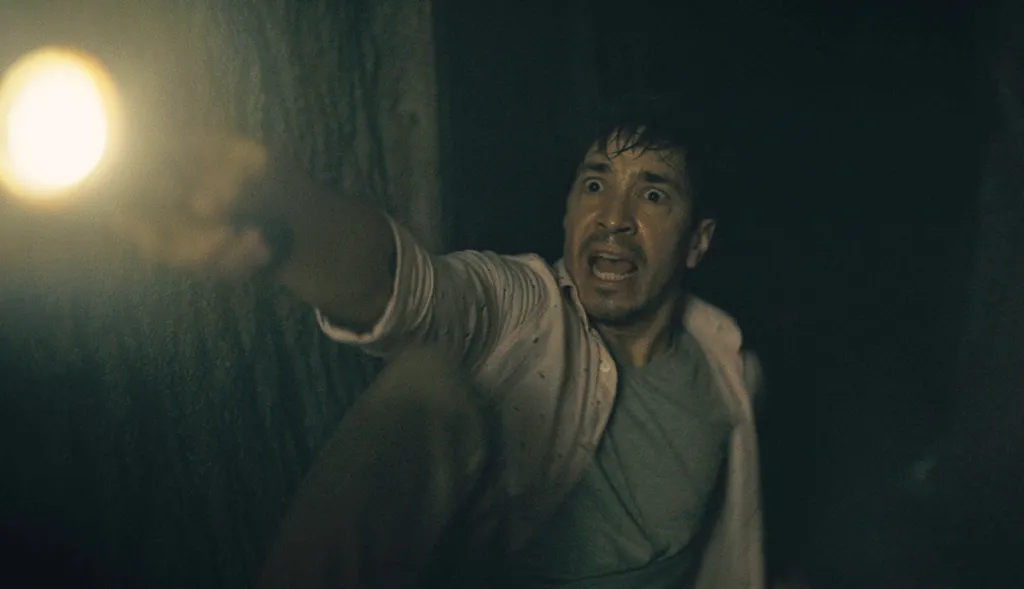
AJ also ignores the danger presented in the tunnels; he only sees them as a way to scam his way into getting more money when he sells the house and is unperturbed when he finds the room with the bed or the cages. Like Keith, AJ refuses to listen to Tess’s warnings when she tells him that The Mother thinks that they are her babies and just wants to take care of them; he reacts violently, which invokes a violent response from The Mother. Each of these examples demonstrates the escalation of red flags and how male ego and greed interfere with logic and listening to others.
Survival Of The Nicest
Barbarian cuts again, this time to a flashback to the 1980s. The house’s original owner, Frank, is shown abducting and raping women and raising their children. Back in the present time, AJ finds a room at the end of the tunnel that The Mother appears to be afraid of. Inside, he finds Frank and AJ discovers the tapes of what Frank has done, right before Frank shoots himself in the head and dies.
AJ takes Frank’s gun and tries to escape, where he accidentally shoots Tess, who had returned to try and rescue him. The two manage to escape the house but are chased by The Mother down the street. They run up a water tower, where AJ pushes Tess off the top to use as bait. The Mother jumps after her and protects Tess from the fall. The Mother then grabs AJ and rips him apart. She then goes to comfort Tess, repeating “baby” over and over again while touching her face, before Tess shoots her in the head with Frank’s gun, finally killing her.
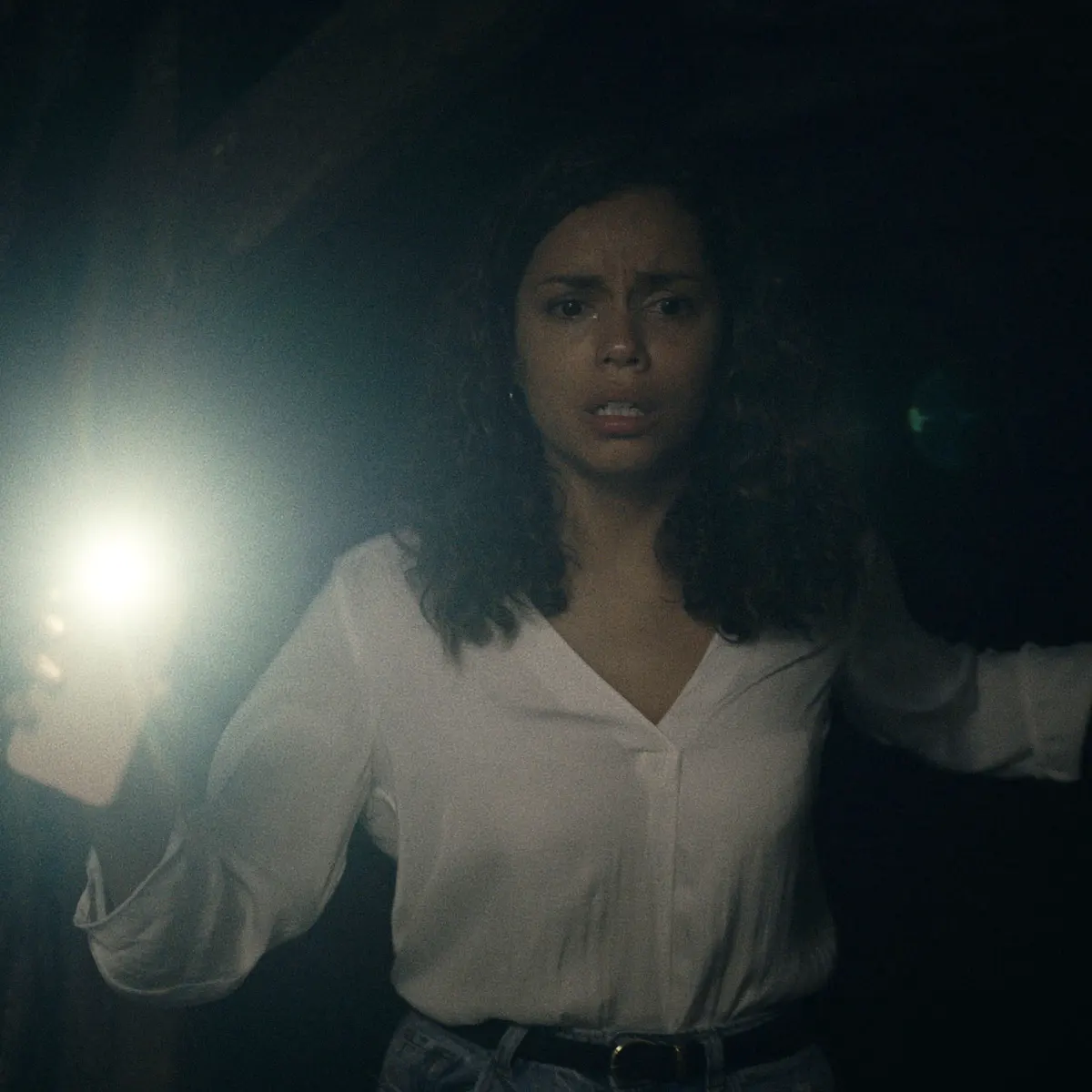
When he meets Frank, AJ is confronted by another rapist. Frank’s crimes are undoubtedly more violent and extreme, but still at the root is the same crime. This causes AJ to have some introspection, where he finally admits that he did a bad thing, but insists that he is still a “good person.” However, AJ makes no effort to redeem himself or change his selfish actions, which is evident when he shoots Tess without caution or thinking, then throws her off of the water tower as bait. He lacks any traditionally positive masculine traits, like bravery, chivalry, or selflessness, and displays only greed and self-preservation.
Despite her monstrous appearance, The Mother jumped to save Tess and always tried to treat her like she was her baby, all she wanted was to love and care for someone. Tess’ ability to recognize this, along with her caution and compassion, helped her survive throughout the course of the film. These traits are often portrayed as weaknesses as they are traditionally feminine, but Tess uses them as strengths, which allows her to be the only main surviving character.
Who Is The Real Barbarian?
It can be easy to point to The Mother as the “real” monster; she is deformed and uncivilized, and at first, fits the definition of a monster. All she knows is the cruelty of Frank mixed with the calming video of the mother explaining how to nurse a baby, so the only reactions she knows are the extremes of sexual violence and nurturing intimate moments between a mother and her baby. Frank is the next easy answer to the question: who is the real barbarian?
He kidnapped women and murdered and raped them and their children, thus creating The Mother. He shows no empathy or remorse for his actions: he is the true monster despite having a clean, middle-class appearance in the flashbacks. AJ refuses to admit that forcing himself on his costar and not accepting no for an answer is sexual assault. He constantly refers to his accuser as “that fucking bitch” and shoots Tess and offers her as a sacrifice without a second thought, while he might not be as horrific as Frank, he remains remorseless and lacks empathy and compassion.
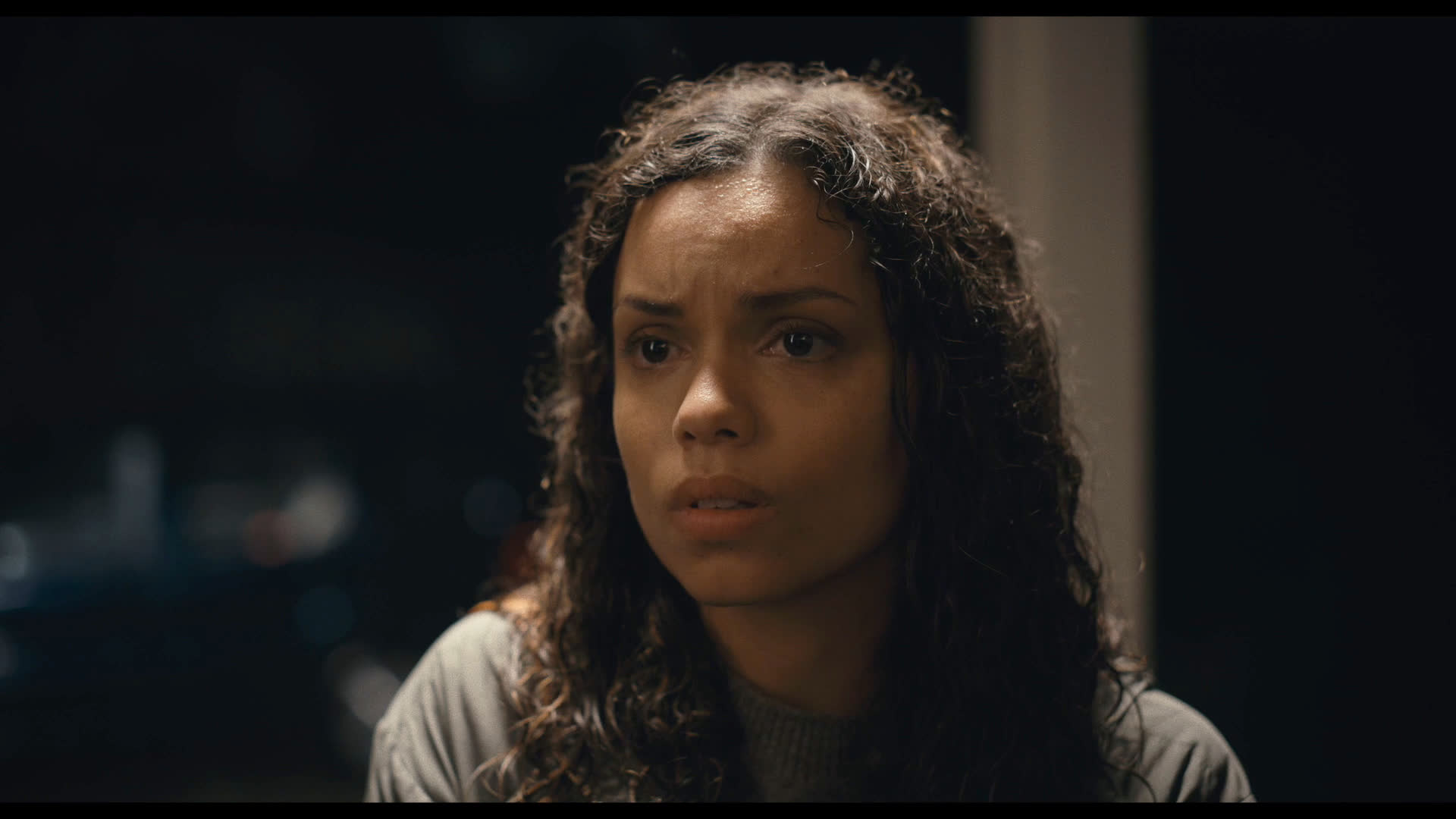
He voices wanting to fix his previous mistakes, right before immediately sacrificing Tess without a second thought. Then there’s Keith, who seems nice, yet also fails to take Tess seriously and puts her in an uncomfortable situation. While his actions are nowhere as extreme as Frank’s or AJ’s, he shows audience members the consequences of what happens when subliminal red flags escalate.
Finally, Tess, who although makes some poor decisions and ultimately is the one who kills The Mother, is the most logical character and is the only one to make it to the end. She has compassion and recognizes the maternal habits of The Mother. She waits for Keith to warn him about the basement and returns to rescue AJ, despite both men not taking her seriously. Although she is a very feminine character, these traits which are typically portrayed as weaknesses help her survive the movie admits a group of increasingly vile and entitled men, thus reimagining stereotypes of female leads in the horror genre.
